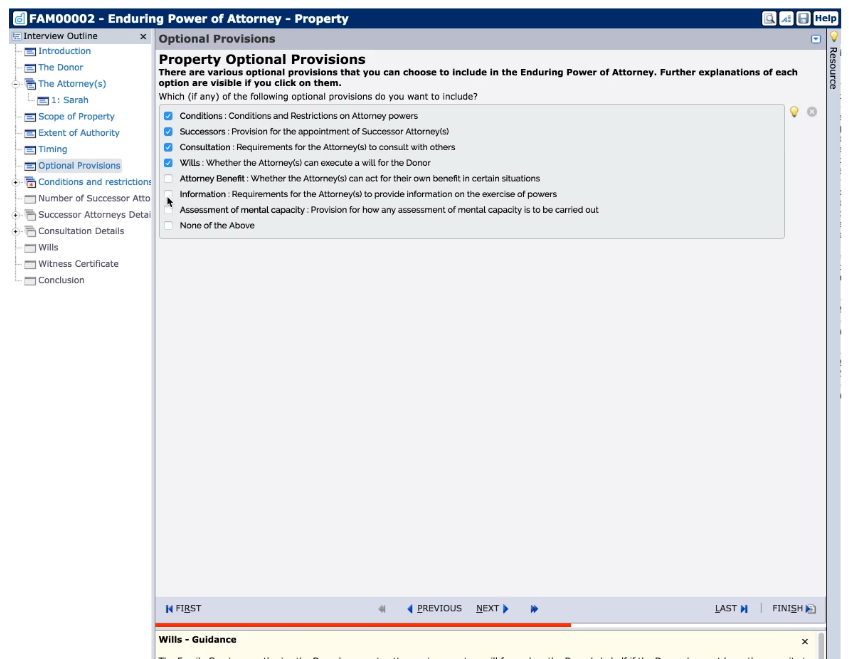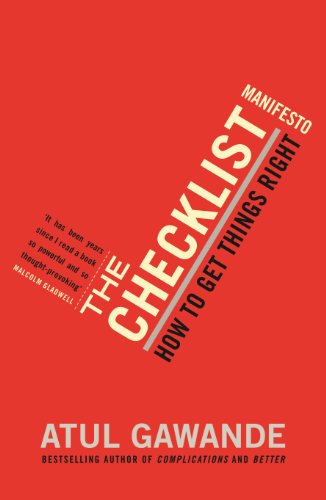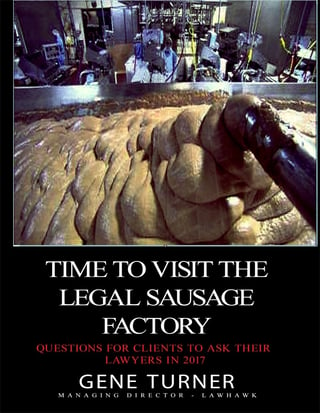As noted in recent blogs, precedents and legal opinions are valuable tools for law firms to ensure they are working efficiently and to high standards of quality. A third tool I believe is essential is having high quality checklists and other guidance, which can help someone work through a processs quickly and safely.
Like precedents, checklists that are well designed, current and comprehensive can be very hard to update and maintain, but as Atul Gawande shows in The Checklist Manifesto they are not just for inexperienced people, and can be essential to reducing mistakes in all fields, including medicine, aviation, construction, finance - and law.
The next question I recommend clients ask their lawyers to find out how they really work, and to identify law firms that are working differently and better than others, relates to checklists, guidance and other quality control methods.
7 Can you show us your checklists and guidance? How else do you ensure quality control?
There are a lot of things that a lawyer should consider when working for a client, even though most times they won’t be relevant. The costs to you of something being missed (for example considering if there should be a guarantor) can be substantial. While the law firm may have insurance, which may provide some degree of compensation to you, the reality is that the real costs of a deal that doesn’t work as well as it should have in practice will be far greater and everyone’s preference is that the work is done as well as it needs to be.
Checklists
Many law firms do not have, maintain or regularly use comprehensive checklists. Recognising this, with LawHawk’s document automation, we’ve taken a different approach to maintaining separate checklists. We try and build them into the interview questionnaire in a more focussed way, so that when someone is drafting a document they are guided through a process which asks if various factors are relevant. If they are, then further questions appear and you can keep drilling down until there is no benefit in continuing. However, if the concept is not relevant, all further questions are hidden and there is not the distraction and risk of “eyes glazing over” that occurs with a traditional paper based checklist.

Whether your lawyers are using an automated checklist or a traditional checklist, the important thing is that they are using something.
Again, it’s a relatively simple job for you to ask your lawyers – do you keep, maintain and use checklists for the work that you do for us? Show us how you manage these risks.
Guidance Notes
Another very useful resource is to have guidance notes that lawyers can refer to while working on a job, so they are aware of the key details to consider – whether it is best practices to follow, other documents to review, or summaries of key case law. Again, this can be difficult to prepare and maintain. If it exists, it can often fall out of date, and in reality lawyers may also not actually use it because finding the right piece of information amongst 30+ pages of guidance can be time consuming and something of a hunt for a needle in a haystack.
Again, we have tried to attack this differently with LawHawk, by offering more specific guidance directly in our interview questionnaires so the right information for each question is available at the right time.

Whatever approach is taken, it is useful for you to know if some form of guidance exists and is actually used to ensure quality and reduce risk.
We will set out further questions clients can ask their lawyers over coming weeks. If you would like access to all 13 questions now, please download this PDF ebook now.
%20(1).jpg?width=290&name=Gene%20-%20December%202020%20v2%20(1)%20(1).jpg)






